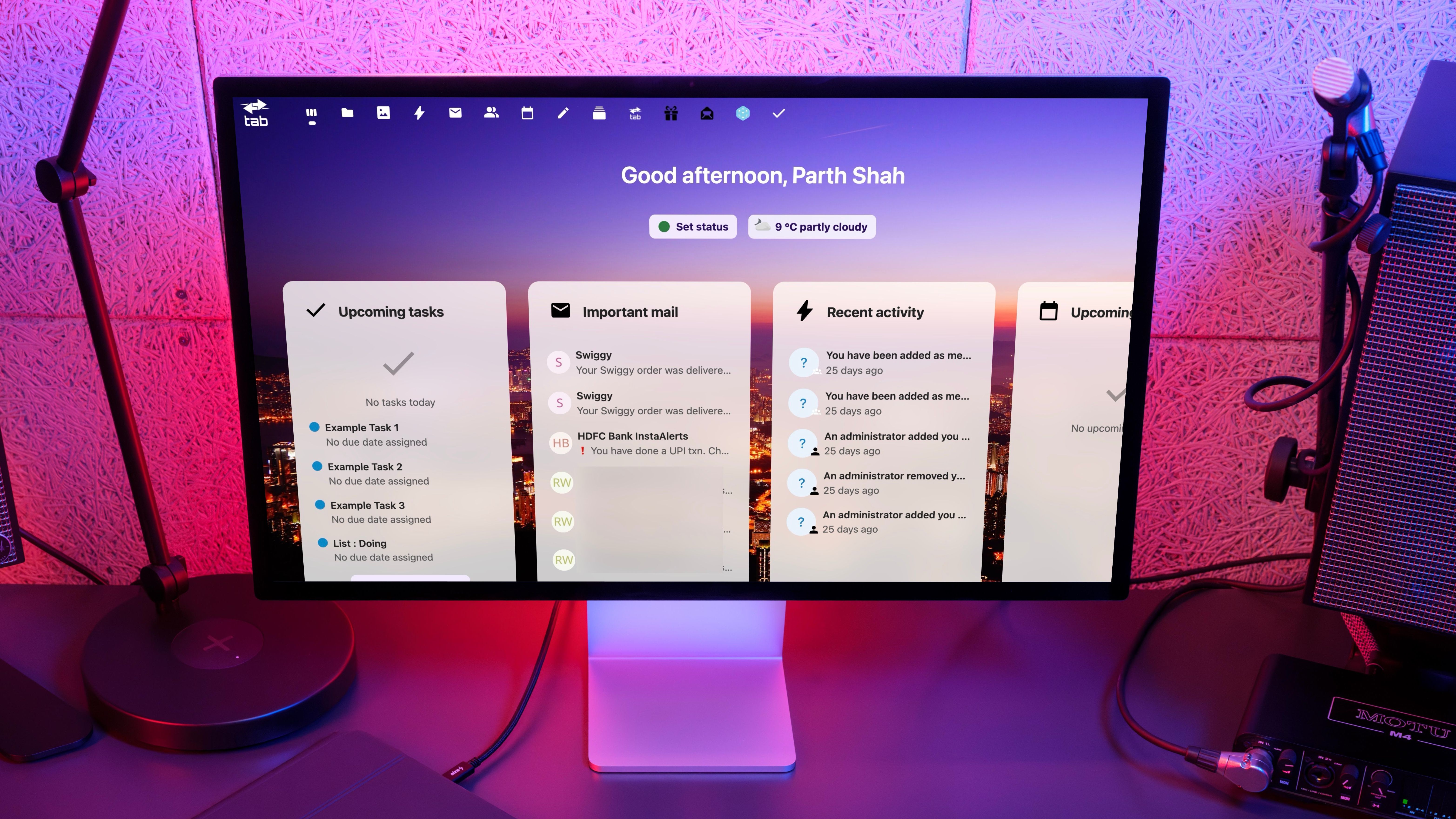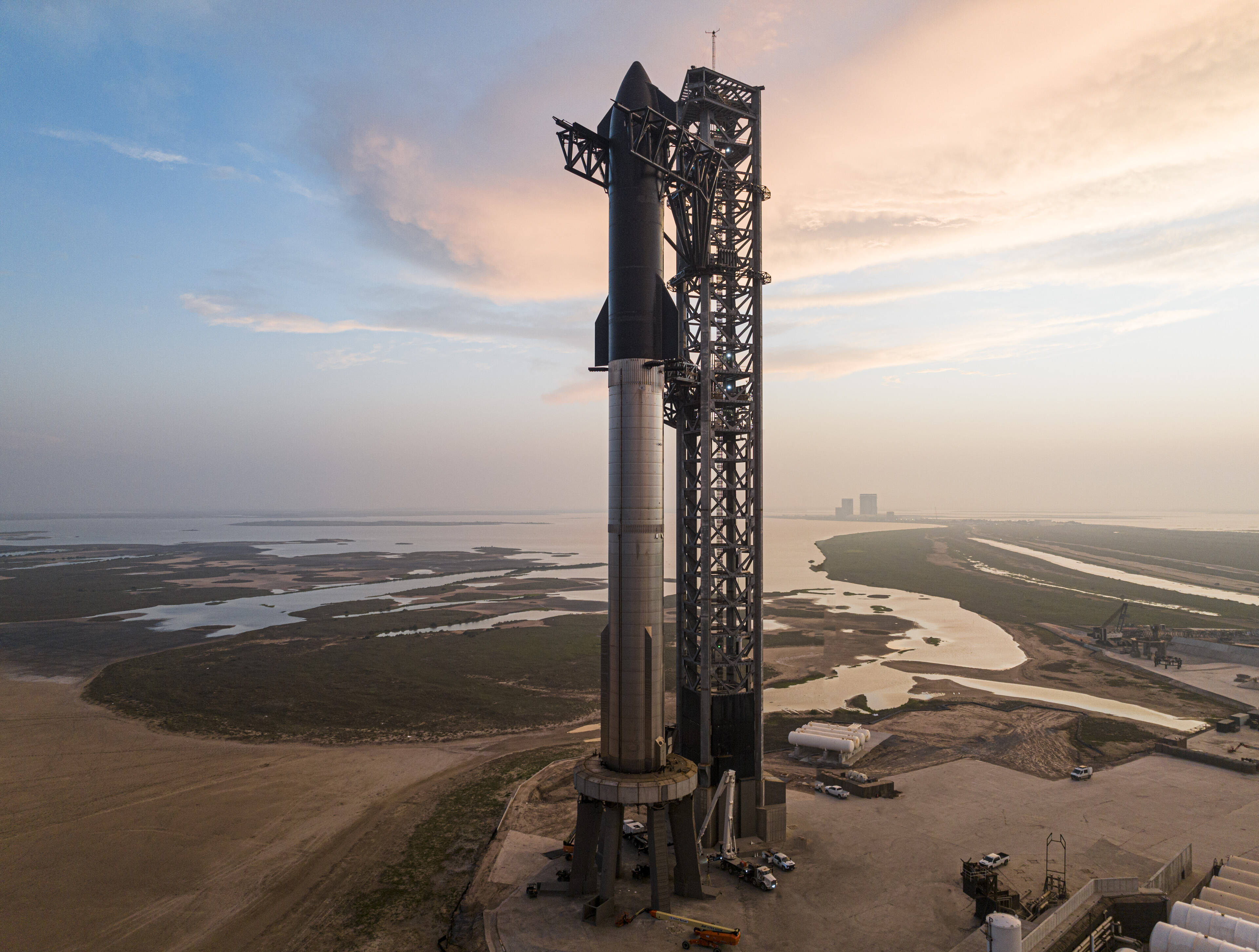How US research cuts are threatening crucial climate data
Over the last few months, and especially the last few weeks, there’s been an explosion of news about proposed budget cuts to science in the US. One trend I’ve noticed: Researchers and civil servants are sounding the alarm that those cuts mean we might lose key data that helps us understand our world and how…

Over the last few months, and especially the last few weeks, there’s been an explosion of news about proposed budget cuts to science in the US. One trend I’ve noticed: Researchers and civil servants are sounding the alarm that those cuts mean we might lose key data that helps us understand our world and how climate change is affecting it.
My colleague James Temple has a new story out today about researchers who are attempting to measure the temperature of mountain snowpack across the western US. Snow that melts in the spring is a major water source across the region, and monitoring the temperature far below the top layer of snow could help scientists more accurately predict how fast water will flow down the mountains, allowing farmers, businesses, and residents to plan accordingly.
But long-running government programs that monitor the snowpack across the West are among those being threatened by cuts across the US federal government. Also potentially in trouble: carbon dioxide measurements in Hawaii, hurricane forecasting tools, and a database that tracks the economic impact of natural disasters. It’s all got me thinking: What do we lose when data is in danger?
Take for example the work at Mauna Loa Observatory, which sits on the northern side of the world’s largest active volcano. In this Hawaii facility, researchers have been measuring the concentration of carbon dioxide in the atmosphere since 1958.
The resulting graph, called the Keeling Curve (after Charles David Keeling, the scientist who kicked off the effort) is a pillar of climate research. It shows that carbon dioxide, the main greenhouse gas warming the planet, has increased in the atmosphere from around 313 parts per million in 1958 to over 420 parts per million today.
Proposed cuts to the National Oceanic and Atmospheric Administration (NOAA) jeopardize the Keeling Curve’s future. As Ralph Keeling (current steward of the curve and Keeling’s son) put it in a new piece for Wired, “If successful, this loss will be a nightmare scenario for climate science, not just in the United States, but the world.”
This story has echoes across the climate world right now. A lab at Princeton that produces what some consider the top-of-the-line climate models used to make hurricane forecasts could be in trouble because of NOAA budget cuts. And last week, NOAA announced it would no longer track the economic impact of the biggest natural disasters in the US.
Some of the largest-scale climate efforts will feel the effects of these cuts, and as James’s new story shows, they could also seep into all sorts of specialized fields. Even seemingly niche work can have a huge impact not just on research, but on people.
The frozen reservoir of the Sierra snowpack provides about a third of California’s groundwater, as well as the majority used by towns and cities in northwest Nevada. Researchers there are hoping to help officials better forecast the timing of potential water supplies across the region.
This story brought to mind my visit to El Paso, Texas, a few years ago. I spoke with farmers there who rely on water coming down the Rio Grande, alongside dwindling groundwater, to support their crops. There, water comes down from the mountains in Colorado and New Mexico in the spring and is held in the Elephant Butte Reservoir. One farmer I met showed me pages and pages of notes of reservoir records, which he had meticulously copied by hand. Those crinkled pages were a clear sign: Publicly available data was crucial to his work.
The endeavor of scientific research, particularly when it involves patiently gathering data, isn’t always exciting. Its importance is often overlooked. But as cuts continue, we’re keeping a lookout, because losing data could harm our ability to track, address, and adapt to our changing climate.
This article is from The Spark, MIT Technology Review’s weekly climate newsletter. To receive it in your inbox every Wednesday, sign up here.









![YouTube will use Gemini to insert ads around the parts of a video you care about most [Video]](https://i0.wp.com/9to5google.com/wp-content/uploads/sites/4/2025/05/gemini-youtube-ads-1.png?resize=1200%2C628&quality=82&strip=all&ssl=1)

















































![SoundCloud latest company to hit trouble with AI clause in T&Cs [U]](https://i0.wp.com/9to5mac.com/wp-content/uploads/sites/6/2025/05/SoundCloud-latest-company-to-hit-trouble-with-AI-clause-in-TCs.jpg?resize=1200%2C628&quality=82&strip=all&ssl=1)










![89 million Steam accounts reportedly leaked. Change your password now. [Updated]](https://helios-i.mashable.com/imagery/articles/05mKEv2HKG7EgiHKtximy17/hero-image.fill.size_1200x675.v1747231462.jpg)




























































